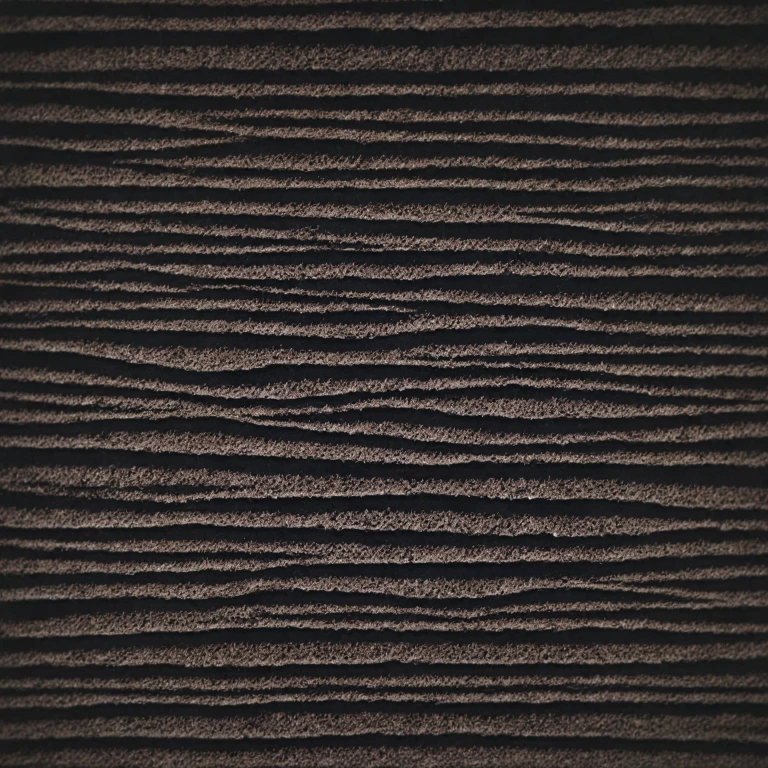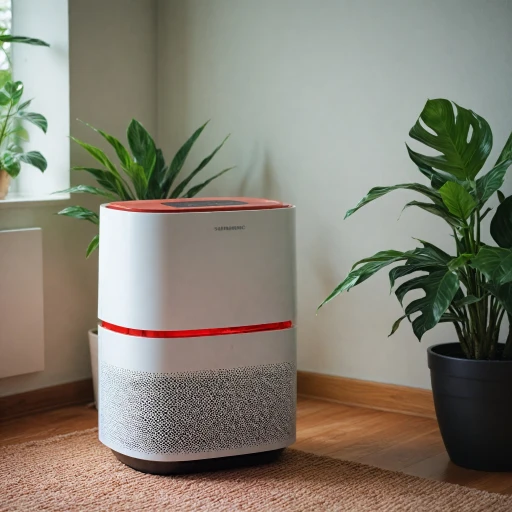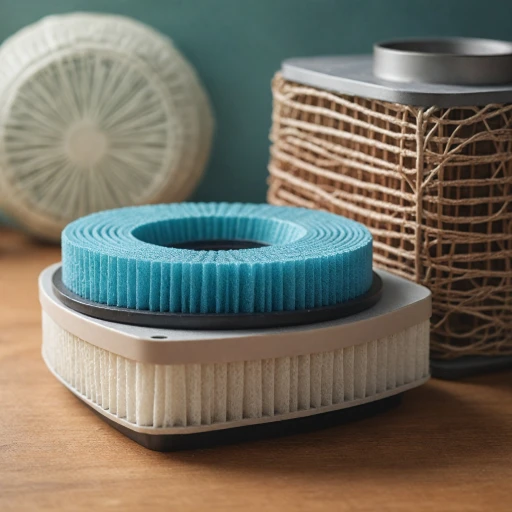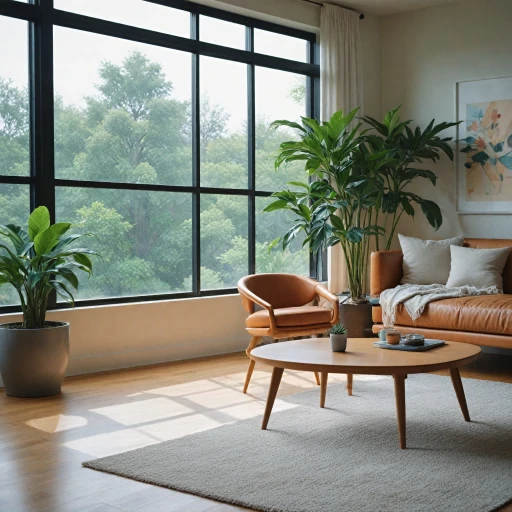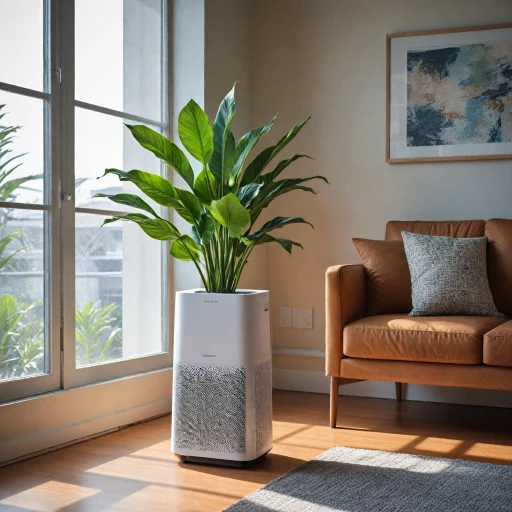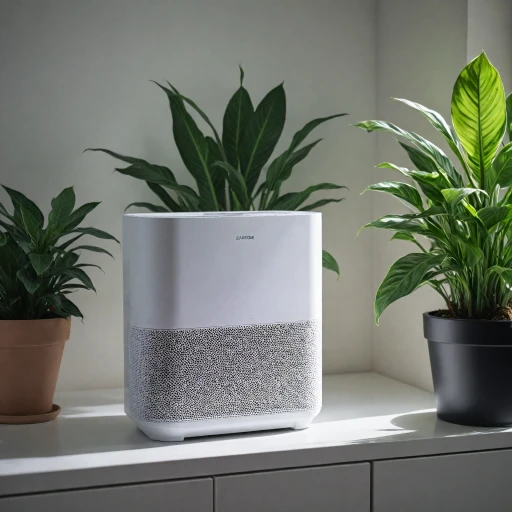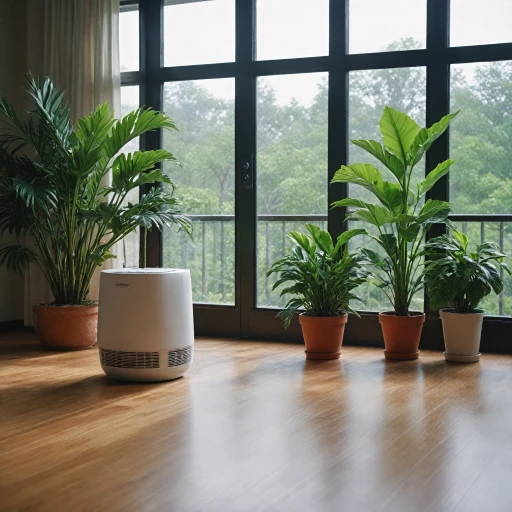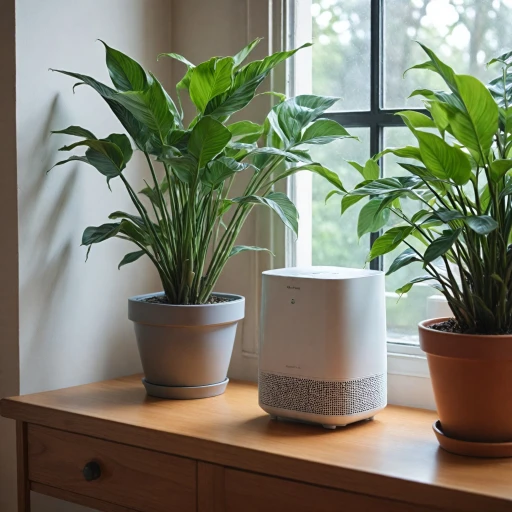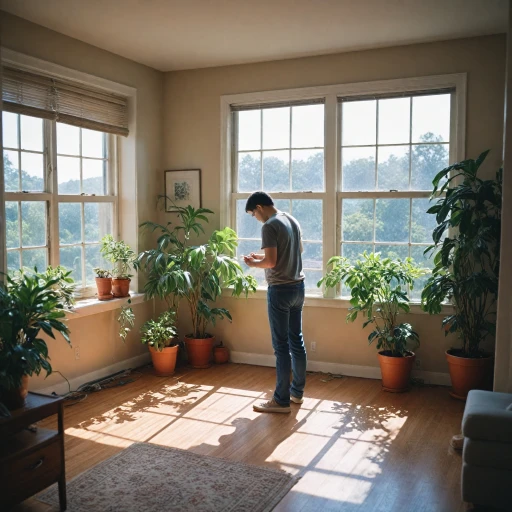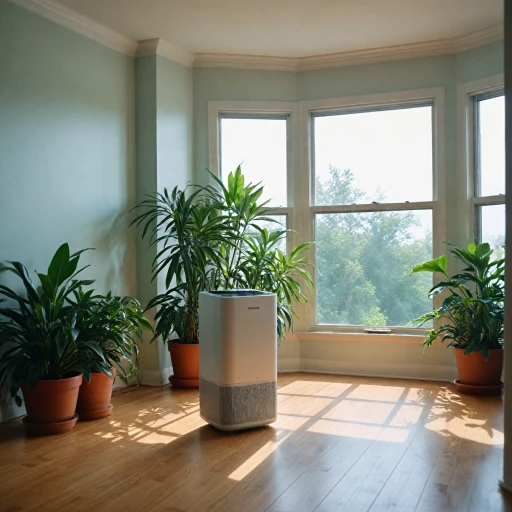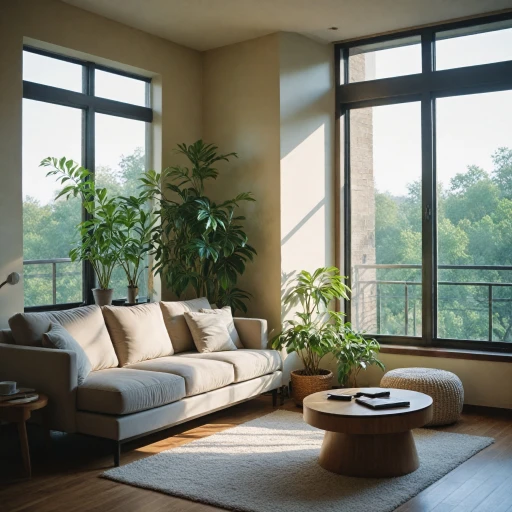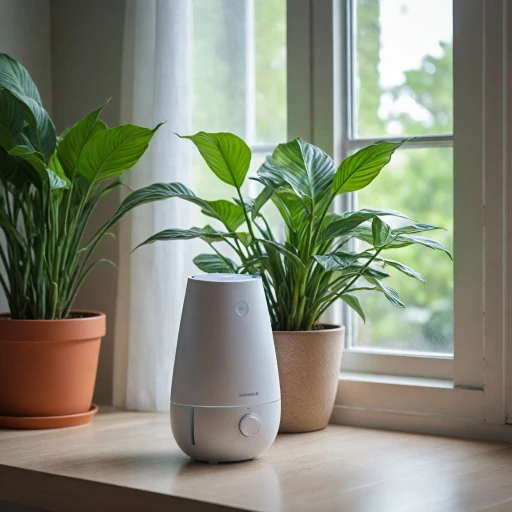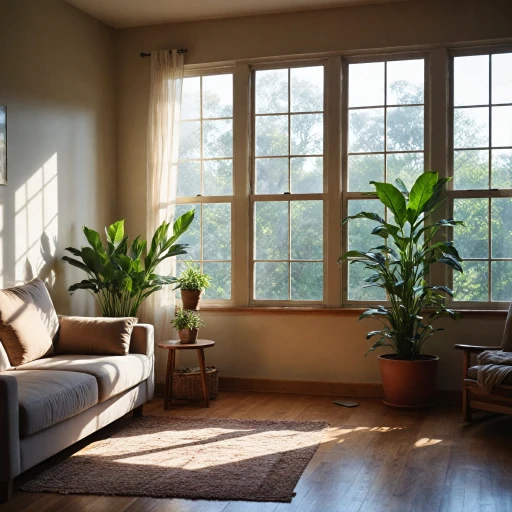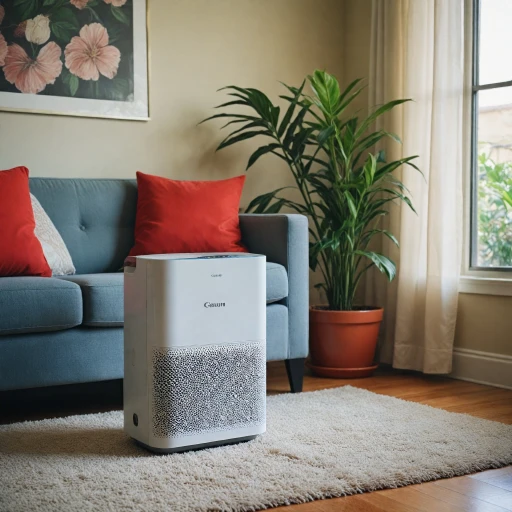
Understanding the Role of Furnace Air Filters
Importance of Filters in Your Heating System
The furnace air filter plays a crucial role in maintaining the effectiveness and safety of your HVAC system. Its main purpose is to trap airborne particles, including dust, mold, and soot, preventing them from circulating through your home. By doing so, it helps to enhance the indoor air you breathe. High quality filters are essential for trapping pollutants that can affect both your health and the operational efficiency of your system. When filters collect debris, they prevent these particles from settling inside the HVAC system, which can lead to clogging and potential damage. Accumulation of particles like black soot and mold can impair system performance over time. Investing in a furnace filter that suits your furnace type and local air conditions will ensure optimal air quality. It's critical to routinely check and change your air filters as part of regular maintenance. Doing so not only safeguards the air quality of your house but also prevents potential hazards related to clogged filters, such as increased carbon monoxide levels. For additional insights on maintaining your air filters and ensuring they function optimally, explore the importance of regularly cleaning your air purifier's filter. Regular maintenance, as we'll explore further, extends the lifespan of your HVAC system and prevents unexpected issues like black air filters. Addressing these regularly will keep your system running smoothly and improve the overall air quality within your space.Common Causes of Blackened Air Filters
Factors Contributing to Blackened Furnace Filters
Understanding why your furnace filter turns black can help you maintain better air quality in your house. Several common causes can lead to a filter becoming black.- Soot and Gas Emissions: If you have an older furnace system, it might be producing soot due to incomplete combustion. This can happen if your gas furnace isn't adjusted correctly, causing a buildup of black soot on the filter.
- Carbon and Air Pollutants: The presence of indoor air contaminants such as smoke from candles, cooking, or tobacco often contributes to the darkening of filters. In homes where these activities are frequent, the filter can trap more soot and carbon particles.
- Mold Growth: Depending on the humidity levels in your home, filters can sometimes become a breeding ground for mold. Mold spores caught in the filter can cause a black appearance on the surface of the filter. Maintaining proper humidity levels and addressing moisture issues can help prevent mold from thriving.
- Environmental Dust and Dirt: Being in a dusty location or experiencing seasonal changes can influence the amount of dirt and dust filtered. Months like February, January, and December, with heating systems running more often, might show increased accumulation.
Impact of a Blackened Filter on Air Quality
Deteriorating Indoor Air Quality
A furnace air filter that's black on both sides has a significant impact on indoor air quality. This discoloration could indicate a build-up of particulate matter, such as black soot, which can come from burning candles, fireplaces, or even the byproducts of your gas furnace.
Additionally, a blackened filter may suggest the presence of mold on the filter's surface or within the HVAC system. Mold can adversely affect the air you breathe, potentially leading to respiratory issues and allergies.
Black soot and other contaminants trapped within the filter reduce its efficiency, making it harder for the air system to circulate clean air throughout your house. This inefficiency may elevate indoor levels of harmful pollutants, such as carbon monoxide, affecting the air you and your family breathe, especially during months like February, March, or any time you're heavily using your heating system.
A dirty air filter will not only compromise air quality but can also strain your HVAC system, potentially leading to higher energy bills or costly repairs. It's crucial to routinely check and change your air filter to maintain optimal air quality in your home.
Maintenance Tips for Furnace Air Filters
Maintaining a Pristine Air Filter: Practical Tips
Regular maintenance of furnace air filters is vital to ensuring efficient HVAC system performance and optimal indoor air quality. Neglecting this crucial aspect can lead to issues like a blackened air filter, reduced airflow, and even potential health hazards. Here’s how to keep your filters in top condition:- Schedule Routine Checks: Inspect your furnace air filter monthly, particularly during high-usage periods like January through February and October through December, when heating demands increase. Regular inspections help catch any black soot accumulation early, which might indicate a problem with gas emissions or other issues.
- Regular Replacements: Change your filter regularly, ideally every 1-3 months. Frequent replacement is crucial if you use petroleum-based candles or if there’s a risk of mold. It also helps mitigate the accumulation of black carbon particles, ensuring your system remains efficient.
- Keep Your HVAC System Well-Maintained: Ensure that the entire HVAC system is professionally serviced at least once a year. A well-maintained HVAC system prevents black soot from forming on the air filters.
- Avoid Blockages: Keep vents and registers free of obstructions like furniture or heavy drapes. Proper airflow prevents excessive filter loading, helping the filter last longer before it turns black.
- Be Aware of Environmental Factors: Ensure your house is well-ventilated to prevent carbon monoxide buildup, which is crucial if you’re using gas-based heating systems. This helps in maintaining a white, clean air filter.
Choosing the Right Air Filter for Your Needs
Factors to Consider When Selecting Your Ideal Air Filter
Selecting the right air filter for your HVAC system is crucial in ensuring optimal air quality in your home. With a variety of options available, it's important to evaluate several factors to meet your specific needs.- Filter Efficiency: The efficiency of air filters is indicated by the Minimum Efficiency Reporting Value (MERV) ratings. Higher MERV ratings mean better filtration of particles such as dust, pollen, mold spores, and soot. However, ultra-high ratings might restrict airflow if they're not compatible with your system. Balancing efficiency with airflow is critical.
- Material Choices: Furnace filters come in materials like fiberglass, pleated, and electrostatic. Each material offers different levels of filtration and durability. Pleated filters, for instance, capture more particles and last longer than basic fiberglass options.
- Environmental Considerations: Homes exposed to factors such as smoke from gas stoves, soot from candles, or carbon monoxide emissions might require specialized filters designed to tackle these pollutants effectively.
- Lifestyle Factors: If anyone in the house suffers from allergies or respiratory issues, opting for filters that can trap smaller particles like allergens will significantly improve indoor air quality.
- Maintenance Schedule: Regular maintenance and timely replacement are essential to keep filters from turning black prematurely and to sustain a healthy indoor environment through seasons like January December or October September.
When to Seek Professional Help
Seeking Expertise for Persistent Air Filter Issues
When dealing with a consistently black air filter in your furnace system, there comes a point where professional intervention is necessary. Persistent problems such as recurring black soot deposits or a reduction in indoor air quality might indicate underlying issues beyond regular maintenance and filter changes. Here are some scenarios when you should consider reaching out to a professional:- HVAC System Inspections: If your air filter continues to turn black despite regular changes, it's crucial to have your HVAC system thoroughly inspected. Technicians can identify if there are any gas leaks or if carbon monoxide exposure is affecting your furnace.
- Mold or Soot Concerns: Presence of significant black soot or mold on your air filters can point to problems such as an improper fuel combustion or moisture issues within the system. Both situations require professional remediation to prevent health risks and ensure the safety of your house.
- Persistent Air Quality Issues: If, by April or November, you find that changing your air filter does not improve the air quality in your environment—as may be indicated by persistent odors or the buildup of particles—consultation with an air quality expert might be required.
- Advanced System Requirements: For homes with complex HVAC setups, adjustments might require expert handling. Professionals can advise on system-specific needs, ensuring you choose the right air filters tailored to seasons like January or July.
